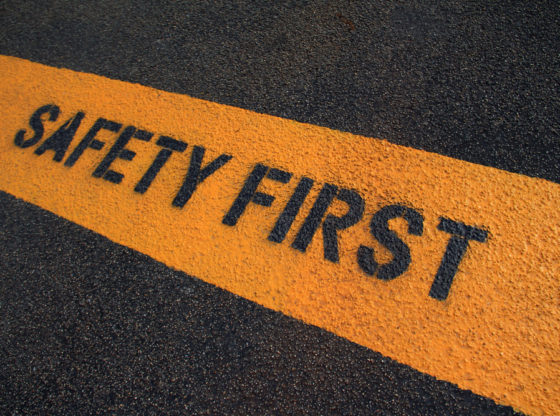Too often in business, safety and sustainability are seen as afterthoughts. They are seen as an extra cost, something ancillary to the real practice of business, and so investing in them is put on the backburner. However, this attitude, persistent as it may be, is the wrong one to have.
Why should I care about safety and sustainability?
When businesses take stock of what they need, they would do well to learn from Maslow’s hierarchy. According to Maslow’s theory from the 1940s, safety and health are two of our most basic needs. As a result, when the safety and the health of employees and the planet are not invested in, when those basic needs are ignored, disaster usually follows. The two warehouse explosions in China and the recent forest fires in Indonesia are both examples of how unsafe business practice is often linked with unsustainable business practice.
This sad narrative of danger for employees leading to danger for the planet, and vice versa, plays out on a larger scale too. In the US, the four highest polluting states by carbon emissions per capita are also the four states with the highest workplace fatalities per 100,000 workers. North Dakota, Wyoming, West Virginia, and Alaska are those four states where businesses have learnt the hard way how connected these two issues are.
So what can I do?
It’s never easy to make an unsafe business safe or an unsustainable business sustainable, but the hard work is worth it. Just as unsustainability and danger lead to each other, so too do safety and sustainability. Improving one helps to improve the other and this positive feedback loop improves profits too. It’s common sense, but it’s also backed up by hard data.
In the same way that the four most dangerous and biggest polluting US states are linked, the safest and lowest polluting states are also linked. The second and fifth least polluting states by carbon emissions per capita, New York and Rhode Island, are also the ones with the lowest workplace fatality rate per 100,000 workers. When a business looks after its staff better, it helps to look after the planet better too, and this eventually leads to bigger profits.
What do profits have to do with it?
OSHA calculate that the US loses $170 billion from injuries, illnesses, and deaths in the workplace… every year. They also claim that for every $1 invested in safety, businesses can save $4 – $6 in compensation costs and all of the other costs related to running a dangerous business. As for sustainability, a study by the nonprofit CDP indicates that companies who take climate change into account in their business model receive an 18% higher return on their investment than companies who do not. Moreover, these same companies have returns which are 67% more than companies who do not disclose their emissions.
Of course, even without the data, the connection between safety, sustainability, and profitability is blindingly obvious. With the Paris climate talks and our increasing awareness of dangerous workplaces, individuals and large corporate bodies are less likely to invest in companies that are careless about their staff and the environment. This carelessness suggests that they will also be careless with their money, and the studies show us that this is indeed the case.
Businesses are learning that spending money on safety and sustainability is an investment worth making. The costs are massively outweighed by the potential benefits, and making companies realise this will help to create a healthier planet and healthier workforce.
Justin O’Sullivan is a business writer, safety expert, and the owner of Storage Equipment Experts. As a certified SEMA racking inspector, he provides pallet racking inspections and racking inspection training to warehouses across the United Kingdom.
